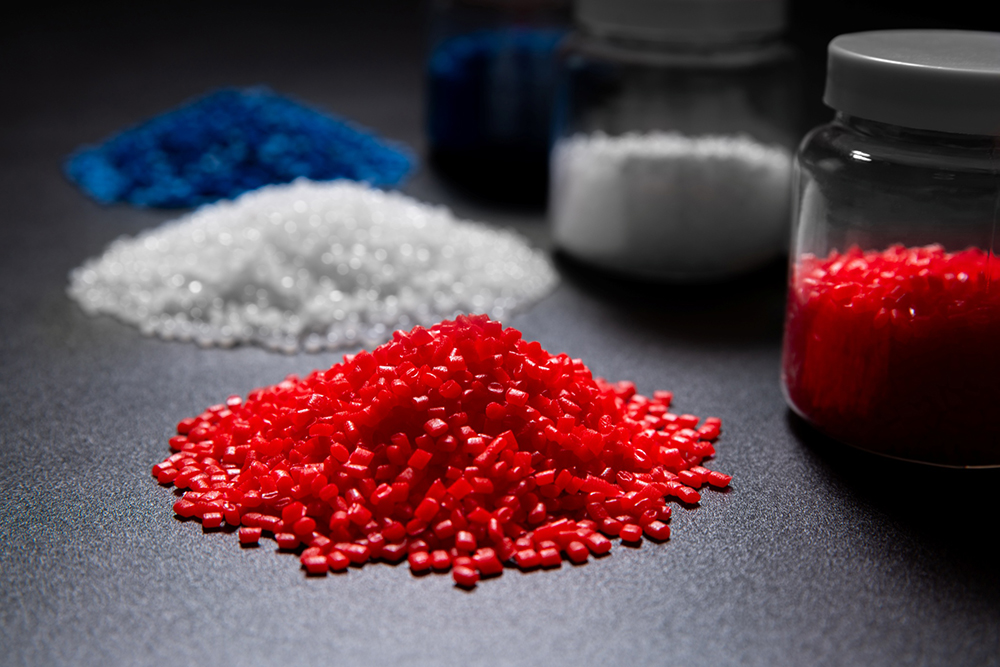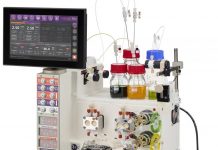Daniel Brown, Biotechnology Lead, at James Robinson Specialty Ingredients, examines the benefits and challenges of using natural chemistry in sustainable production.
Natural chemistry is gaining serious attention given the perceived benefits it could have for sustainability efforts. Major companies are looking to formulate products with ingredients derived from natural chemistry to reduce their carbon footprint and bring more environmentally-friendly products to shelves. Now, the onus is on ingredient companies to deliver these products, to stay relevant in fast moving markets and meet rising consumer and client demand for sustainable goods.
Natural chemistry includes the production of products using micro-organisms. Compared to traditional synthetic chemistry, the use of micro-organisms presents unique challenges, specifically product recovery from the micro-organism biomass. Smart thinking early on in a project can help overcome these challenges.
‘One-pot’ reactions
Micro-organisms are able to convert simple substrate molecules into complex final products, transforming the substrate through a series of intermediates. Micro-organisms can accomplish this with a speed and stereoselectivity impossible for synthetic chemistry to replicate. This can be done in a single vessel, or a ‘one-pot’ reaction.
Honed through billions of years of evolution, a micro-organism can accomplish 20 or 30 reaction steps in ‘one-pot’ at ambient temperature and pressure in a matter of hours. Development work typically focuses on optimising these ‘one-pot’ reactions to achieve the highest possible yields of product. This however, is only half of the story; the challenge is then to recover the product from the pot.
Complex matrix
A relatively high yielding process by the standards of a biotechnologist would be considered a low yielding process by the standards of a synthetic chemist. The nature of micro-organisms means that the final product is not the only molecule that is produced. The micro-organism must also make every other molecule necessary for growth and survival; to do so, it must be surrounded by nutrient rich liquid media.
This means the final product will represent only a small fraction of the end process mixture, and is contained within an incredibly complex matrix of large and small organic and inorganic molecules that comprise a biological process. This complexity presents immense challenges for economic product recovery.
A living reaction
Recovery steps begin the moment that optimal yield of final product is reached, at this point the micro-organism is harvested. However, we must remember that micro-organisms are living things and the reaction doesn’t stop there.
Even after harvesting begins, the micro-organism will continue to be biologically active, and reactions will continue, ultimately leading to undesirable degradation or conversion of the end product. These processes can quickly reduce yields and continue to occur even after cell death.
As a result, once harvesting begins, the final product must be separated from the biomass as quickly as possible. It is vital to assess just how quickly a product degrades during harvest, especially at scale. It can take a long time to process a large volume of biological material at scale. Something which may take minutes in a laboratory, may take hours on a plant. If the processing time at scale results in excess product degradation, then the process cannot be considered economically viable.
In or out?
At harvest, the product to be recovered is either contained within the micro-organism itself, or will have been secreted out of the micro-organism into the surrounding liquid media.
Products contained within the micro-organism are more challenging for several reasons. This includes spending time and energy bursting or rupturing the micro-organism, which represents an additional process step. This leads to the release of a cocktail of biologically active molecules and enzymes, contributing further to degradation of the final product. It presents difficulties for further processing, as certain molecules may contribute to undesirable outcomes such as discoloration or skin sensitization.
Products that have been secreted outside of the micro-organism are easier to recover than those retained within. In this case, the liquid media containing the product is separated from remaining biomass. Great care must be taken during separation to minimize the accidental rupture of micro-organisms through process-shear.
After separation, the products from an extracellular process will be contained within simple media largely composed of inorganic salts or small organic molecules. This makes subsequent isolation of the final product much easier compared to an intracellular product.
When selecting projects and processes to pursue, special attention should be paid to whether a final product is contained inside or outside of the micro-organism. A target product may seem desirable but if it can only be produced inside the micro-organism, and the cost of the additional processing steps do not match what a customer is willing to pay, then the process will not be viable.
Current developments
Plenty of research and investment has been funneled into optimising product yields by micro-organisms.
In recent years there has been a greater appreciation of the importance of product recovery. Reducing time, energy and the number of process steps will make the difference as to whether a product is sustainable from an economic, but also an environmental, point of view.
It is not simply the case that bigger and better processing technology will improve product recovery. Product recovery requires a holistic approach, with smart decisions early in a project often making the largest difference:
Smart selection of product producing micro-organisms and smart process development. Consider not just product yields, but parameters such as the strength of cell walls or impact of by-products on viscosity as well. Likewise, some liquid media components may be beneficial for growth or yield, but may impact on separation steps.
Novel techniques such as cell immobilization or magnetic separation may improve product recovery and reduce the impact of shear.
Modification of micro-organisms is an area of active research, and may be done to encourage secretion of a product outside the micro-organism. Modification may also be conducted to move the reaction steps from difficult micro-organisms into benign and well characterized host micro-organisms. This is important when the host micro-organism contains toxic or undesirable by-products.
Smart thinking
The ability to carefully plan and adapt to challenges is vital when it comes to sustainable product recovery from micro-organisms. Process development is never a linear process, though smart thinking early on can impact product recovery down the line. This can make the difference between a sustainable and unsustainable product and meeting your client’s product requirements and budgets.
More details at jrsi.com










